Warning: This article discusses topics regarding homophobia and other forms of discrimination.
When I was a little girl, I would dream of kissing mermaids. The first time I told that to my friend, she adamantly expressed how disgusting that was. “Only boys can kiss mermaids. Prince Eric kissed Ariel, not princess Erica,” she said.
I wanted to destroy the part of me that made me queer. I desperately wanted to erase any aspect of me being anything other than an all-American straight kid.
And that was the struggle.
I couldn’t.
For many queer kids, we are taught to suppress ourselves through all facets of the system. Dress as the gender you were assigned, stop sounding gay and don’t you dare be queer in public. The message in recent years has transitioned from the damaging, “You’re going to Hell” to an equally, or even more so, lethal, “You’re okay as long as you aren’t visible.”
The media enforces the gender binary and associates gender non-conformity with depravity. These harmful connotations are often expressed through media at a young age, such as animated children’s movies. A queer-coded villain is a concept that characters share traits and actions synonymous with the queer community as perceived by society.
In the 1930s, The Hays Code was self-imposed industry guidelines established to standardize what should be allowed to be portrayed in film. These guidelines were meant to prohibit the production of any movie that will “lower the moral standards of those who see it,” so that the audience will not be manipulated into the sympathy of crime, wrongdoing, evil or sin. This industry guideline advised against portraying “perverse subjects” such as homosexuality, thus portraying composites of various queer stereotypes as villainous was popularized.
One example of this is Ursula, the antagonist of the 1989 classic, The Little Mermaid. In this story, Ariel, a young mermaid, is manipulated into giving her voice to an evil sea witch named Ursula for the chance to earn the love of Prince Eric. The character of Ursula was influenced by Divine, an American drag legend and American actor who paved the way for future generations of drag performers. Divine was even posthumously named Drag Queen of the Century by People Magazine.
John Waters expressed once that he wanted a very large woman for his films because he wanted the exact opposite of what normally would be beautiful. In a move rife in opportunity for non-traditional beauty, animators Ron Clements and John Musker contributed to the further message that only the skinny and conventionally attractive can ever aim to be a princess.
By associating different attributes of both traditional masculine characters, such as a deeper voice and short hair, and traditionally feminine attributes, such as a voluptuous body, this villain subconsciously teaches children that having both feminine and masculine characteristics is undesirable and unattractive. Ursula’s deeper voice causes her to envy Ariel’s feminine voice, eventually leading Ursula into deceiving Ariel into giving her her voice. This reflects much of society’s inherited subconscious message that queer individuals envy traits that allow them to “pass,” or present the way they want without appearing to be society’s negative view as transgender, so much so that they will cause harm to others.
Cruella de Vil, starring as the antagonist in the 1961 film One Hundred and One Dalmatians, was based on openly queer actress Tallulah Bankhead. In the film, de Vil aims to kill dogs to create a fur coat. She physically resembles most drag queens with heavy makeup, a strong jaw, masculine facial features and a raspy voice.
The film isn’t just about de Vil’s yearning for the death of puppies to make a fur coat though, it’s about the evil of who she is. At her core, her evil is a single woman hoping to break up a happy and stable family. She is the model caricature of women who reject motherhood and childbirth to plot their own perceived selfish luxury. She is obviously still a grotesque character— all villains are grotesque in nature because the audience needs to root against them, but she is the villain because of her rejection of heteronormative standards and her ardent need to eradicate those who have found a place in those standards.
Even as recently as 2017, the director of the new Beauty and the Beast, Bill Condon, announced that LeFou would be the first openly gay character in a Disney movie. The common reaction among the queer community was that he was not the representation that we wanted. The buffoonish sidekick of the villain, his name literally translates to “the fool.” Their attempt was at least an attempt but choosing to make a caricature of the gay sidekick almost makes his sexuality part of the joke of his character, especially when considering that he is still on the villain’s side.
Traits that have become tropes for male villains such as being well-dressed, having feminine mannerisms, flamboyant hand gestures, little to no interest in women, etc., show how deep queer coding is embedded into the media. If we look at the contrast between Disney animated heroes and villains, heroes are generally hypermasculine and heroines are almost always the epitome of Western, white-washed, European beauty.
The villains, however, are effeminate and weak if men while corrupting if women. Children’s television and films are meant to create media that teaches morals and behavior to children, so when the only representation of queer features or stereotypes are associated with immorality, it can breed internalized oppression among queer youth, and it amplifies the belief that heterosexuality is the only valid form of sexuality.
The issue with queer-coding, however, isn’t even necessarily whether or not the characters are gay. The issue is that the films ridicule the characters that don’t conform with standard Western gender norms. I’m not saying that these characters deserve sympathy or acceptance because they legitimately were villainous people, but that’s exactly the problem. Queer people can be bad and villainous in the same way that straight people can, but they have never been the hero. The non-existence of heroic queer-coded characters makes the queer-coding exclusively a message that disparages queerness.
What lesson does that teach to queer youth? Don’t look too queer, don’t be too flamboyant, don’t envy what you do not have, because then you too will become corrupting, or weak, or at the very least, the butt of the joke.
With a practice so deeply embedded in the film industry, but so rarely expressed, how can we make progress?
First off, when watching a children’s film, evaluate what makes that villain a villain. What aspects of that villain are problematic? I’m not saying we need to cancel all Disney productions and filmmakers, but we should all more actively evaluate the repercussions of what we are watching as they apply to vulnerable populations.
Secondly, we should evaluate the intersections in marginalized identities that exacerbate the harm in those vulnerable communities. For example, not only is Ursula queer-coded but she’s also expressed as a larger person. Fatphobia is prevalent within the queer community, so it’s important to recognize the implications that that representation could have on plus-size queer youth and communities.
Additionally, after recognizing queer-coding in film and the characteristics that can have negative effects on queer people of color, disabled queer people, etc., we can advocate for change in children’s media. Advocate for diverse queer heroes in major productions. Not just a skinny white cisgender gay man, but of queer heroes of all colors, abilities, gender presentations, and other spectrums.
After these steps, we can begin to make progress toward accurate and positive representation of queer individuals.
Maddie Ray can be reached via email at mray10@twu.edu.

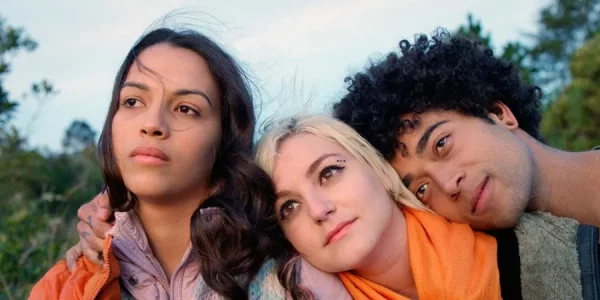
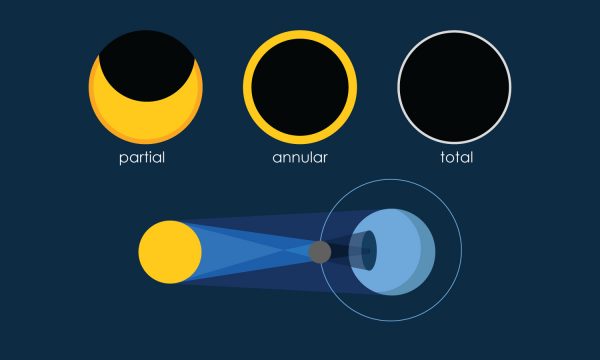
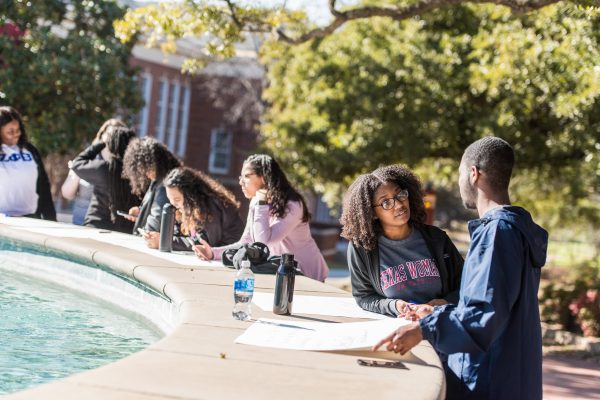
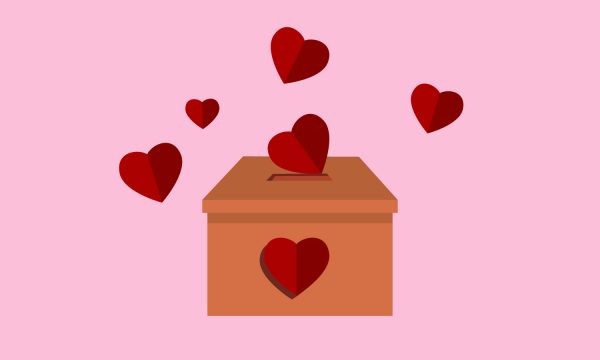
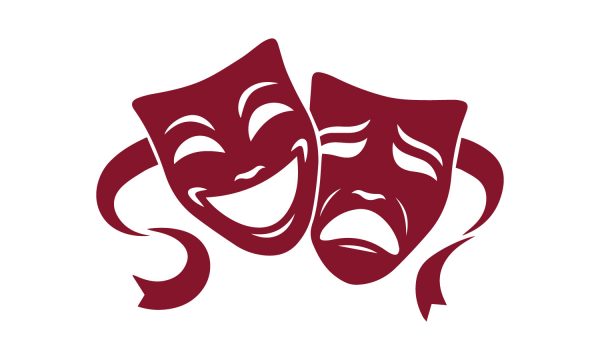
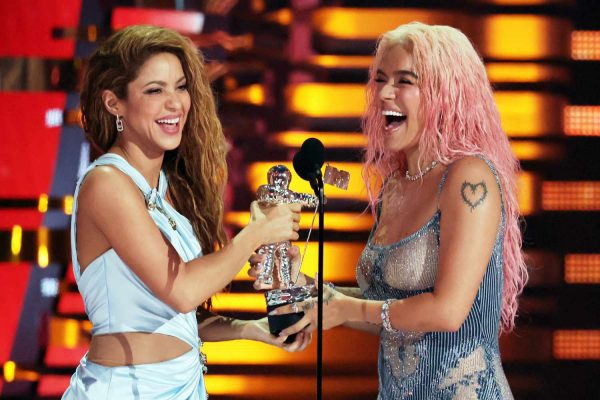
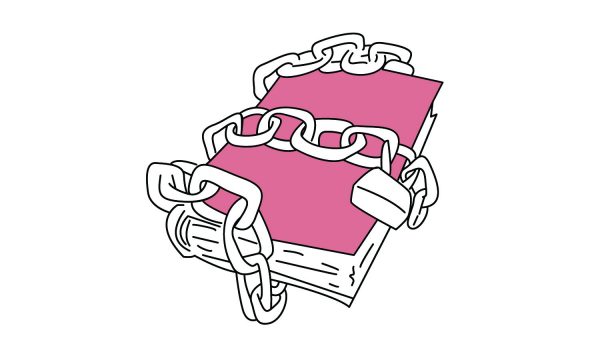

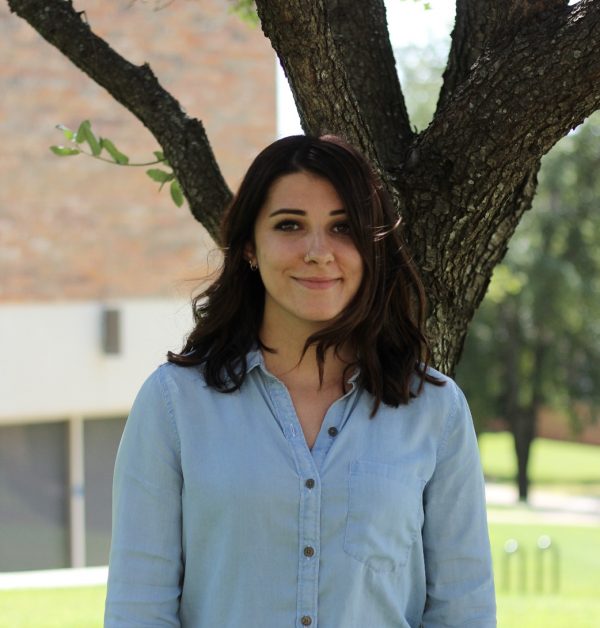
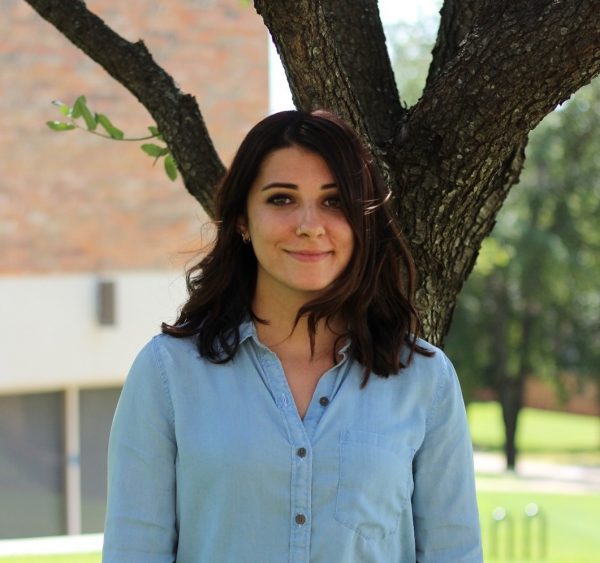
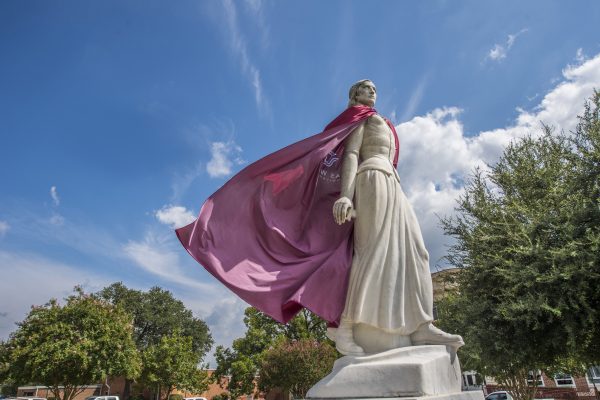
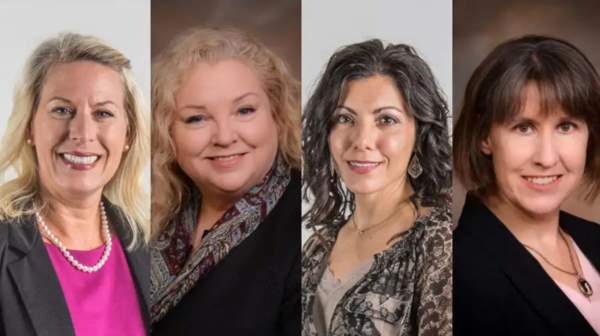
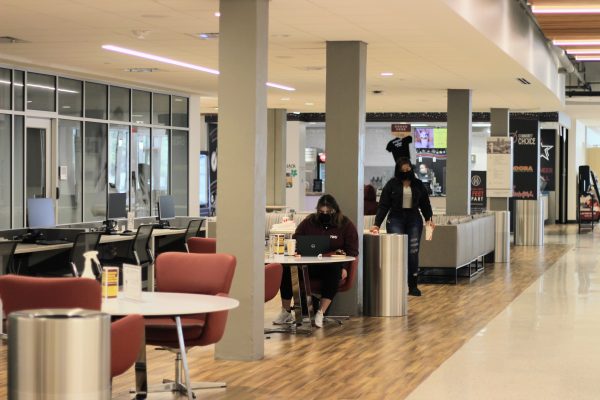
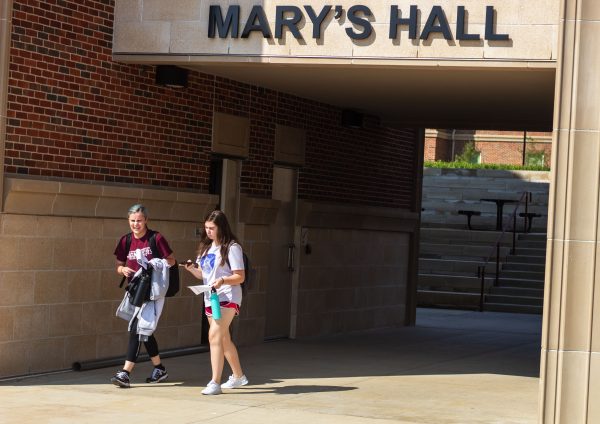
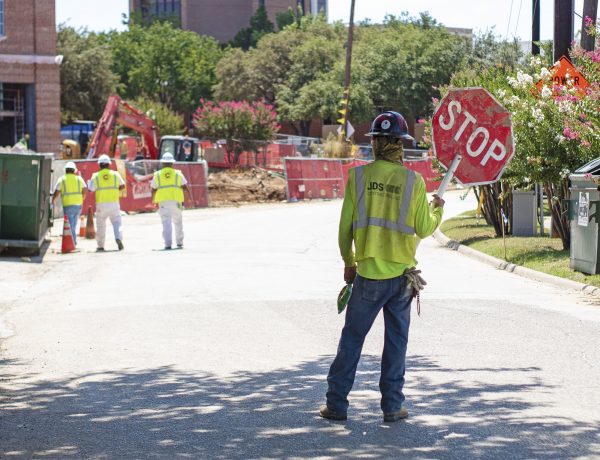
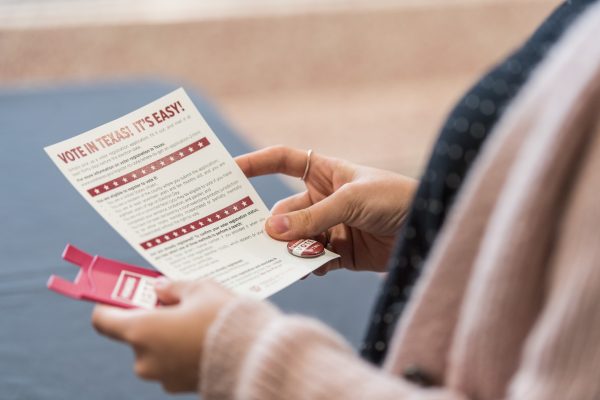
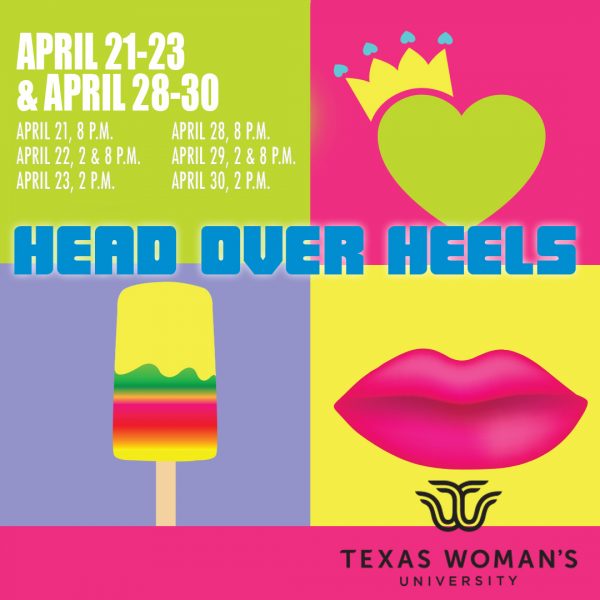
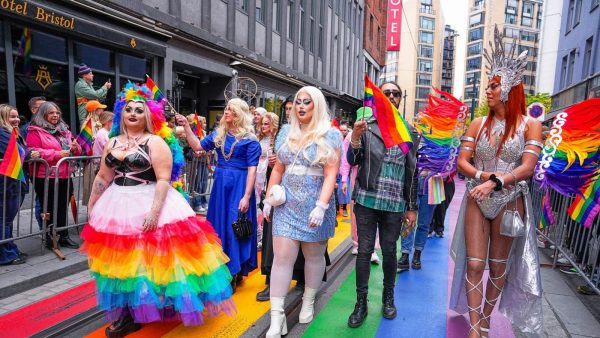
[…] https://www.twulasso.com/what-queer-coded-villains-teach-us/ […]